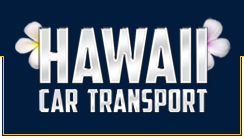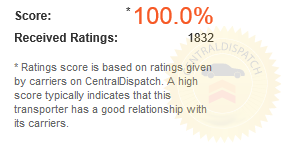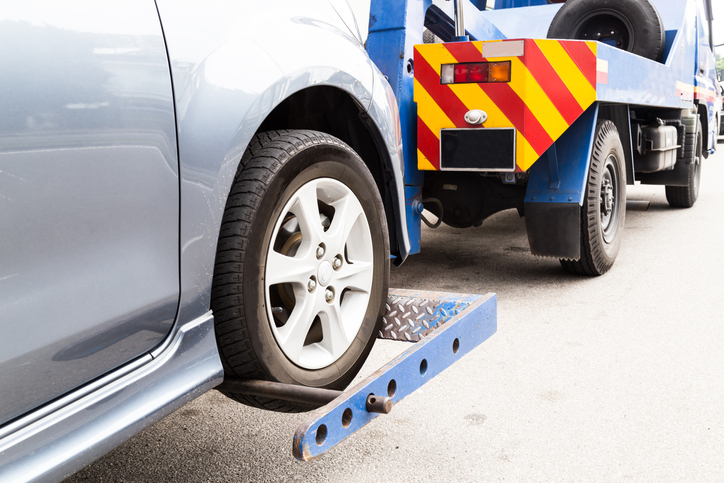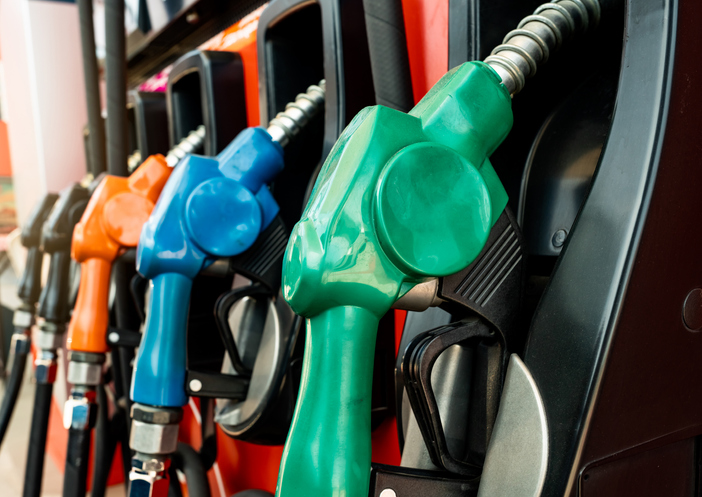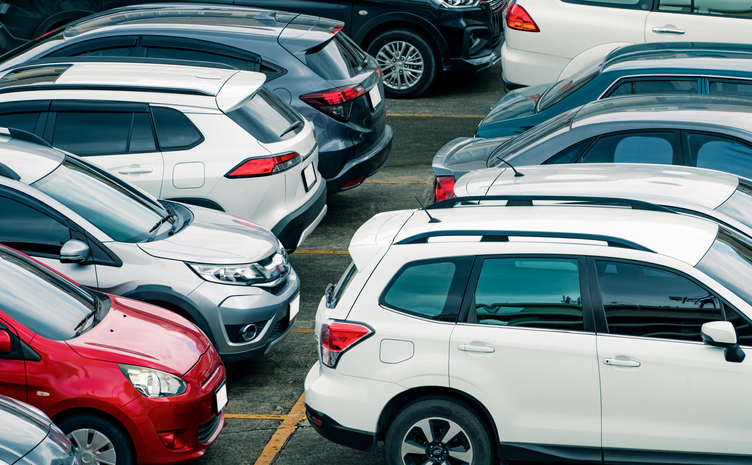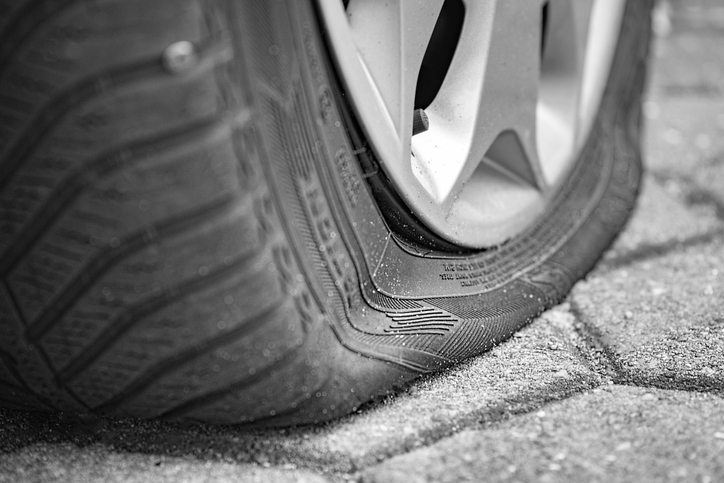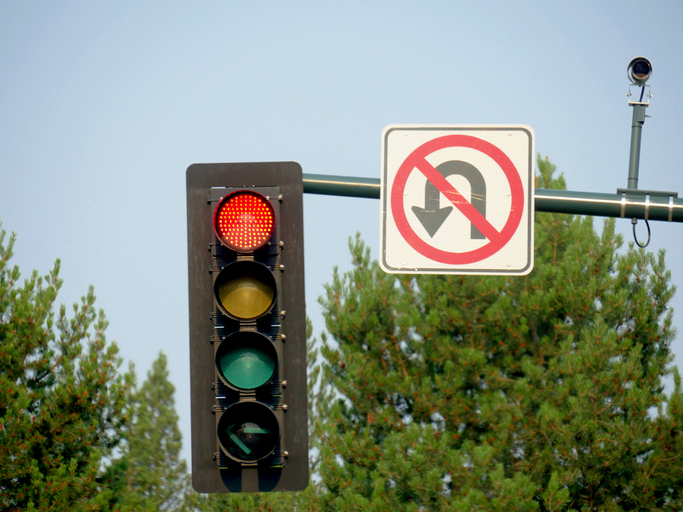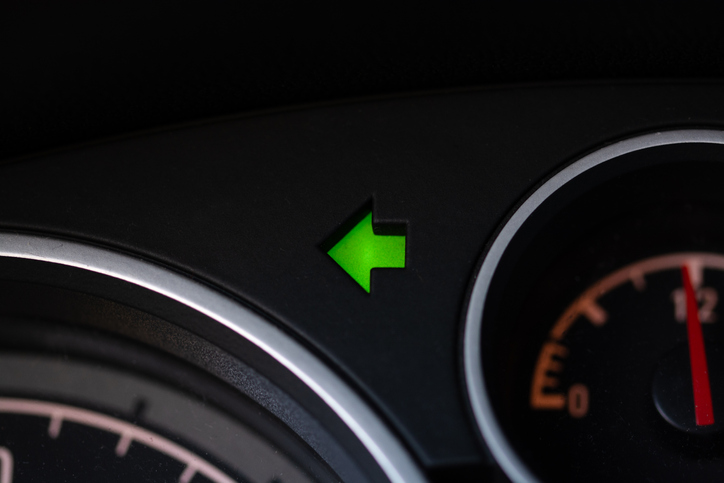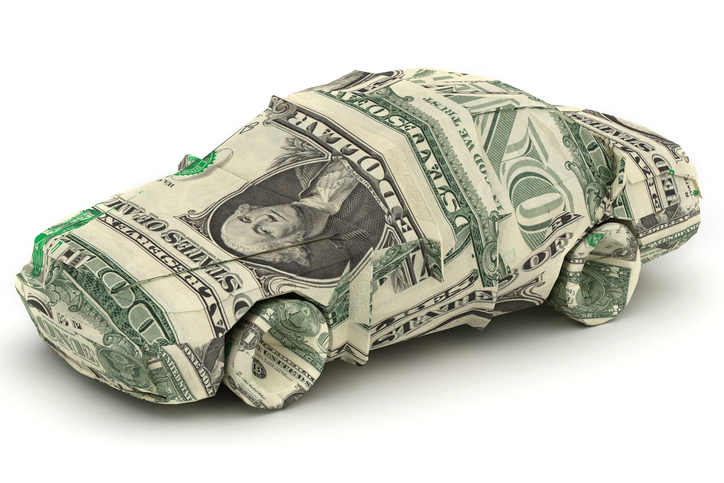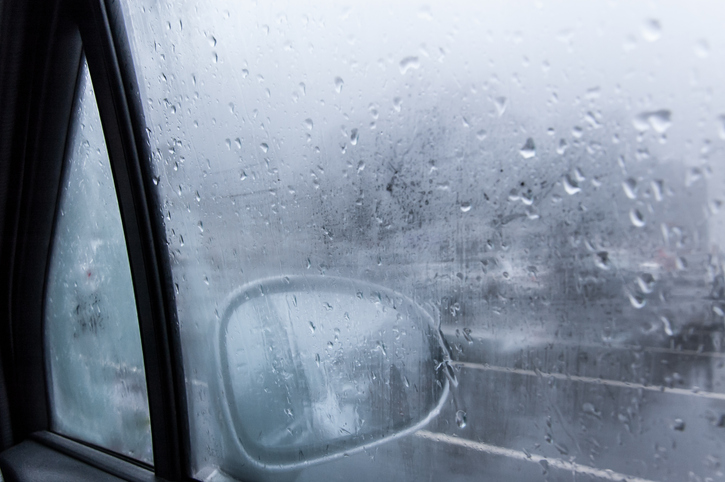The most commonly given traffic and parking tickets
The best ways to avoid getting tickets in Hawaii
Conclusion
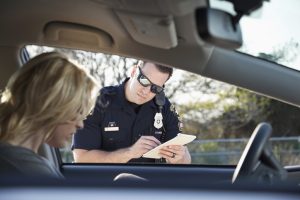
The most commonly given traffic and parking tickets
There are certain traffic tickets that the police give out much more easily than others. This might be because their ability to give leniency is limited for a particular offense, because it is an aggressive offense that almost always poses a danger to drivers around them or for another reason. Regardless, it will be very beneficial to ensure that you do not do something that results in you being pulled over for one of these offenses because your chances of getting a ticket are as high as they can get.
The most frequently given out traffic tickets in the United States are:
- Speeding – Speeding is the most common traffic ticket given out in the US. About forty million drivers receive speeding tickets each year in the US. These tickets are easy for the police to give out because you really stand out from the rest of traffic. However, it is also an easy ticket to give out because their radar records the speed that they catch you going these days. Thus, there is basically no room for argument either during the traffic stop or in court.
- Illegal turn/maneuver – Making an illegal maneuver such as a U-turn where it is forbidden by law and the accompanying signage is another way to stand out in the worst way to the police. These are also very clear-cut cases with very little room for interpretation.
- Tailgating – “Following too closely” behind another car, otherwise known as tailgating, can quickly land you with a ticket. Often, police sit on the side of the road with their car facing perpendicular to traffic. Thus, they will be able to very clearly see if you are driving too closely behind another car.
- Reckless driving – Reckless driving is often the combination of several of the violations listed above and/or other traffic violations. Speeding in and out of different lanes without signaling and simultaneously tailgating other cars is a prime example of reckless driving. A police officer will be able to spot you doing this a literal mile or more away.
There are also parking tickets that are given out more frequently than others in the United States.
- No parking – This seems beyond obvious as the top spot. However, the majority of these tickets being issued is due to people parking in areas on the street where and when street cleaning is taking place. Others might have just missed a sign.
- No standing – This ticket is issued when someone keeps their car running in a “No standing” zone. Most times this is done by someone who is “just running in somewhere for a second.” Understand that even if you put your hazards on, this is a very easy ticket to get.
- No meter receipt on display/expired meter – Most of these tickets are given because people forget to display their meter receipt on their dashboard or they do so in a way where the parking enforcement officer cannot read it. On more rare occasions, these tickets are given out because someone flat out did not feed a meter.
The best ways to avoid getting tickets in Hawaii
The obvious way to avoid getting traffic or parking tickets in Hawaii will be to drive defensively and with caution at all times as well as to be extremely mindful of your surroundings and nearby signs/street markings when you park. However, there are a few other things that you will be able to do in order to minimize your chances of getting a ticket.
You can choose to drive a car that stands out much less. For example, driving a darker colored car such as black or dark blue will help you stand out to police less than if you drove a white or yellow car. White cars are the most ticketed vehicles on the road. However, white cars are also the most numerous cars on the road. So, it could just be correlation and not causation. You can also pay closer attention to where the police could be parked. So, if you were driving on a road that has a large building on the side that you cannot see past, you should always assume that there could be a police officer steaked out there trying to catch people speeding or committing other traffic infractions.
You can also use an app like Waze as you drive (as long as you do so hands free) to see where police might be located up ahead. The information on Waze regarding traffic and police presence is crowd-sourced and updated instantly as other drivers around you report something, so you can trust the information. Fortunately, Hawaii does not currently use any automated traffic enforcement such as speed or red-light cameras, thus you will not need to worry about that.
Conclusion
Even though Hawaii is not known for draconian traffic enforcement, getting a ticket there can be as easy as it is anywhere else. The easiest way to avoid getting a ticket will always be to obey all traffic laws and to drive defensively. If you do not, you can easily be pulled over for things like speeding, illegal maneuvering and reckless driving. You can also easily get a parking ticket in Hawaii if you do not pay close attention to street markings and nearby signs when you initially park .
